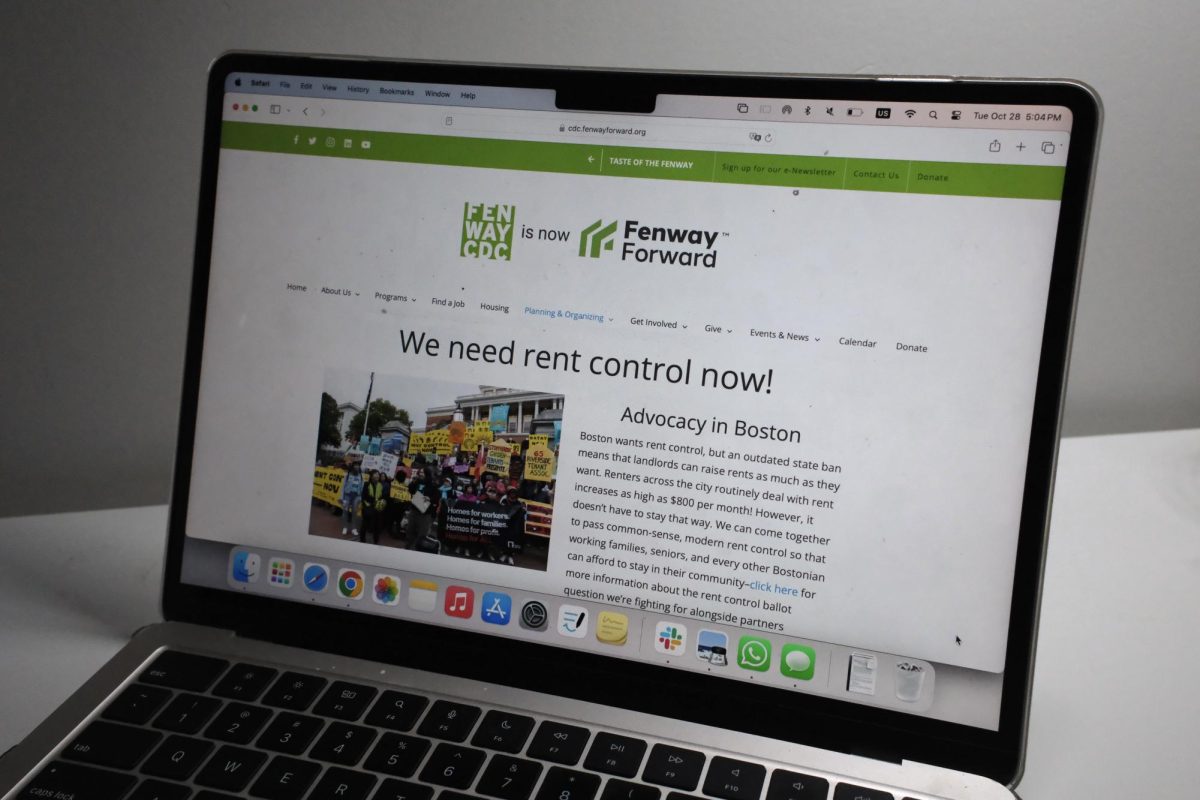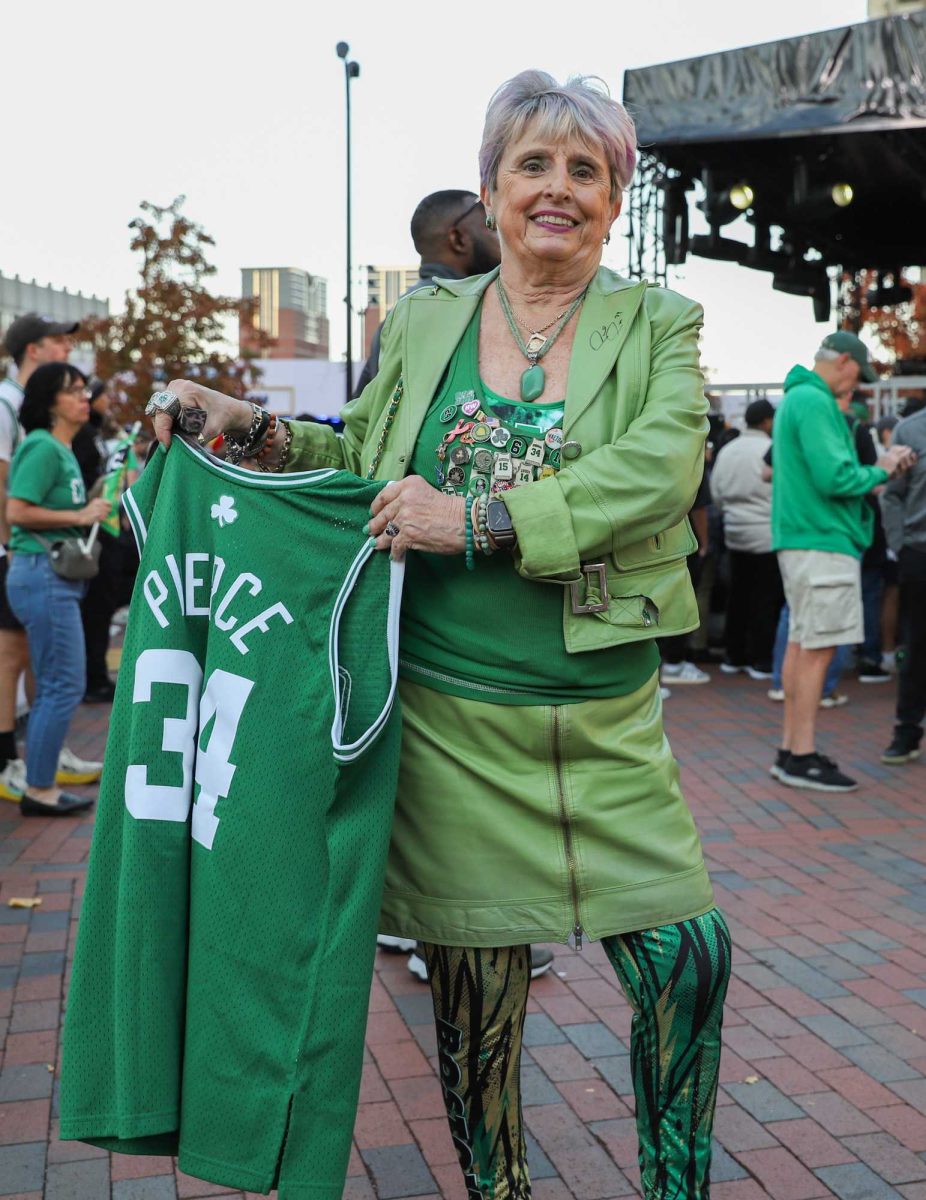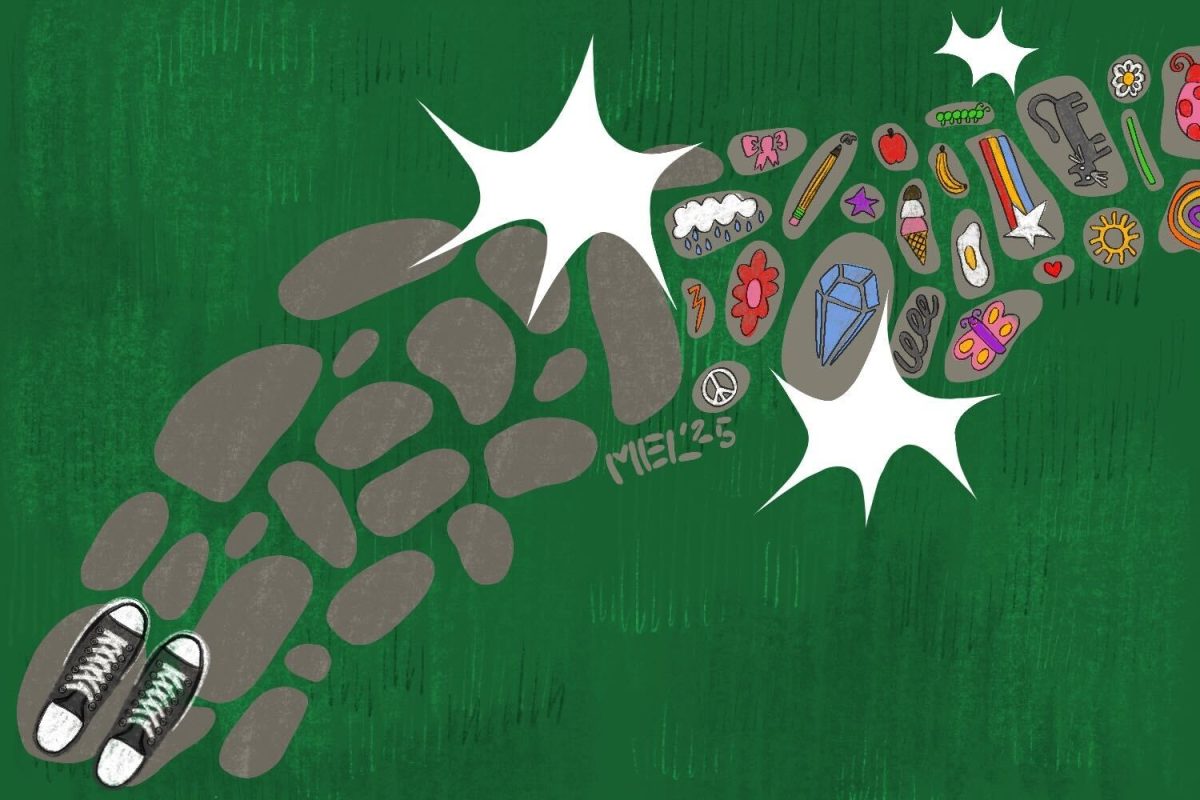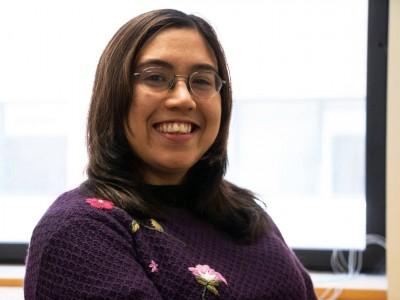
Two decades ago, it may have been easy for one to guess a person’s major based on gender. Fast forward to the 21st century, and it’s not so easy. Statistics from the National Girls Collaborative Project in 2011 show that 50.4 percent of science and engineering bachelor’s degrees were earned by women. After graduation, however, the statistics are less promising. In the same year, the U.S. Department of Commerce found that 1 in 7 engineers are female. Though there has been progress, the conversation regarding women in STEM — science, technology, engineering and math — continues on in 2015, even in highly progressive and well-educated cities such as Boston.
David Miller, a graduate student of psychology at Northwestern University, found in his research, published Feb. 17 in the journal Frontiers in Psychology, that science and engineering fields no longer leak more women than men in the bachelor’s-to-Ph.D. pipeline.
“[The leaky pipeline metaphor] is the idea that women are more likely than men to leave science at multiple points after entering college,” Miller said. “Although this idea is commonly used to help understand gender differences in pursuing these fields, there’s been little evidence of gender differences in some of these transitions.”
By looking at two large samples of college graduates in the United States, Miller said he was able to understand how these transitions took place over time.
“Although men were more likely to go on and earn Ph.D.s in these fields in the 1970s and the 1980s, the gap [in terms of persistence rates] closed in the 1990s. So, this idea of the leaky pipeline is no longer accurate,” he said.
Miller said men still outnumber women by 3-to-1 in what he labels pSTEM fields: physical science, engineering, technology and mathematics. However, he said that this is better explained by differences in college major choices and not persistence after college, due to the fact that women’s representation in pSTEM fields at the Ph.D. level is higher than it is at the bachelor’s level.
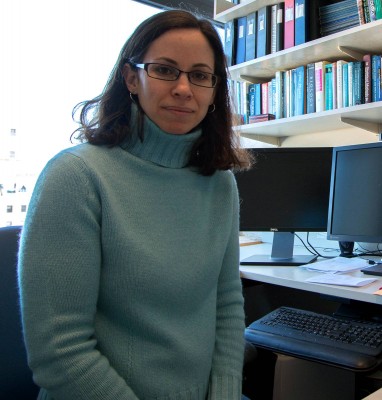
Pamela Templer, an associate professor of biology in Boston University’s College of Arts and Sciences, said she started out as a music major in college, but quickly realized that although she was passionate about the subject, she wanted a career that was different.
“I tried to get as much hands-on experience as possible as an undergraduate at the University of California so I could see what different careers are like. I enrolled in a ‘Natural History of California’ semester where we backpacked throughout the state of California to learn about the natural history and management of many different ecosystems,” she said. “I then was a [Research Experience for Undergraduates] student at the [Cary] Institute of Ecosystem Studies for a summer in New York state where I learned how to conduct research. I also studied in Costa Rica for a semester to learn about tropical biology.”
Together, Templer said, those experiences made her realize just how much she loved to learn about the inner workings of forest ecosystems. At BU, she is teaching a class for the spring 2015 semester about forest ecosystems and said the number of female students is higher than the number of males in the class. In regard to gender bias surrounding the topic of women in STEM, Templer said the ratios are starting to improve, but said there are still more men than women in higher positions.
“While there are generally equal numbers of female and male Ph.D. students, there are more male professors at senior level positions,” she said. “We need to do more to encourage women to get into STEM fields and to stay in them through their careers.”
Miller said it is encouraging to see the gender persistence gaps closing at the Ph.D. level. However, he said it is a concern that persistence at the bachelor’s level has been decreasing. A solution, he suggests, would be to place more emphasis on encouraging women to pursue science and engineering fields earlier in their education.
“My alma mater, Harvey Mudd College, encouraged women to join computer science fields … Harvey Mudd’s president, Maria Klawe, led these efforts,” Miller said. “For instance, course revisions emphasized how computation can be used to help solve social problems such as climate change or modeling of infectious diseases.”
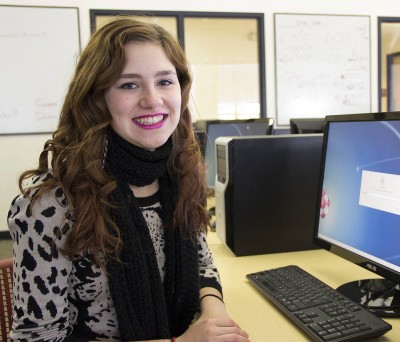
Samantha Karam, a sophomore in CAS studying computer science, said her father works with computers and that he has encouraged her interest in his work.
“I have always been drawn to math and logic,” she said. “Also, with computer science, I get to see all of my efforts pay off in the most tangible way. The gratification from making a program run correctly is unbeatable. Computer science [seems] like the perfect fit.”
Flor de Maria Blaszczyk, a post-doctoral research assistant in CAS, specializing in neutrino physics and proton decay studies for the physics department, said she discovered her perfect fit in a quantum mechanics lecture class.
“When I was an undergrad [at University of Paris XI in France], I had my first quantum mechanics lecture. It was puzzling, but it made me want to understand more,” she said. “I had a seminar given to me by a female professor, and she was very passionate about neutrinos. I don’t know if it is the fact that she was female, or the topic, or both, but it lighted a spark in me. It was such an interesting particle, and I had to learn more about it.”
As a female physicist, Blaszczyk said there has been a slow increase of women in STEM.
“From what I discussed with other women, they seem to be intimidated. ‘Why did you choose that? Isn’t that a field where there are only guys?’ I don’t know if it’s something social or something you see on TV. There is some sort of subconscious image that physicist are guys, and biologists are girls, but I don’t know where that comes from,” she said.
Despite potential gender biases that may hinder women’s progress in STEM fields, Miller said it is essential for others to become more aware of topics surrounding diversity in science and engineering fields.
“Understanding and changing potential gender biases should remain an important goal for educators and policy makers,” he said. “Gender equality in numbers doesn’t necessarily mean gender equality in opportunities.”

